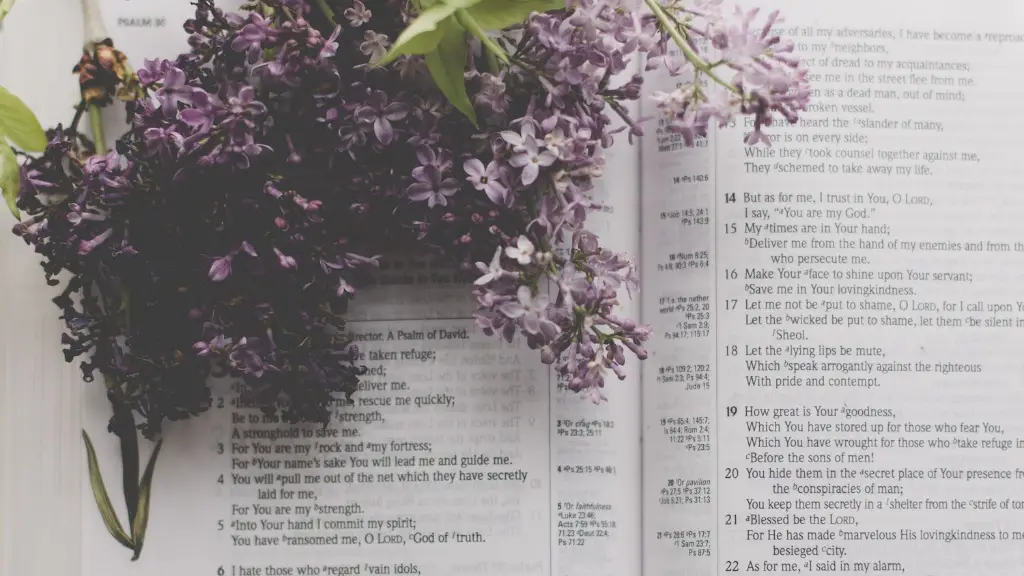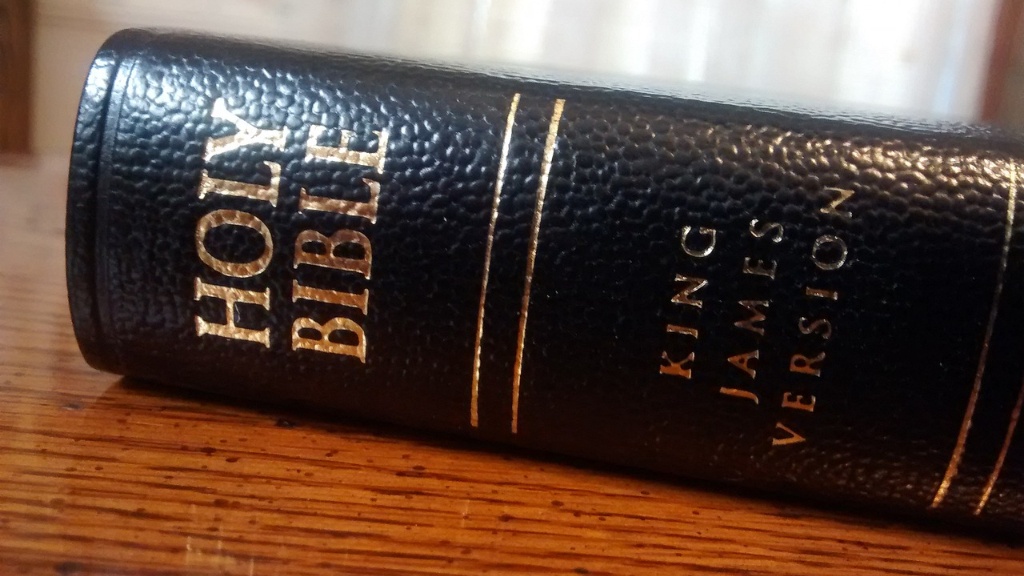What is the real order of the Bible? That is a difficult question to answer. The Bible is an ancient book with a complex history, and its order has changed and shifted over the centuries. To truly understand its real order, it is necessary to explore the history and contents of the Bible, as well as to explore the perspectives of theological experts.
The Bible consists of two major divisions. The first is the Hebrew Bible, also known as the Old Testament. This part of the Bible contains 39 books written in Hebrew by various authors over the course of thousands of years. The second major division is the New Testament, which consists of 27 books written in Greek. Both the Old Testament and the New Testament are considered sacred scripture by Christians, and together they form the Christian Bible.
Various manuscripts of the Bible have had slightly different orders. The oldest known Hebrew manuscripts of the Bible have the books arranged in a sequence that is very different from what is seen in modern Bibles. The books in these ancient manuscripts are arranged chronologically, rather than by literary classes or categories. This is known as the original order of the Hebrew Bible.
The order of books in the New Testament also has shifted over time. The earliest manuscripts of the New Testament vary slightly in their orders, but the general sequence is similar to what is seen in modern Bibles. The original order of the New Testament was based around what book it referenced (i.e. the Gospels come first, followed by the Acts). However, modern publishers have shifted the order of some books in the New Testament, such as the book of Revelation, so that they are easier to read.
Theologians and biblical scholars have different opinions on the “correct” order of the Bible. Some view the original orders of the Hebrew Bible and the New Testament as the correct order, while others argue that modern publishers have shifted the order of some books in order to make them easier to read. However, the majority of scholars agree that the ultimate order of the Bible is determined by how it is used by the faithful. In other words, it is up to believers to decide what order the Bible should be read in.
The Different Translations Of The Bible
The Bible is available in various translations, and these translations can also have different orders for the books that make up the Bible. For example, some translations may have the books of the Prophets listed first, while others have the books of the Writings listed first. There is no “right” translation; instead, it is up to individual readers to decide which translation is best for them.
That said, there are some translations of the Bible which are considered to be more reliable than others. Among these are the King James Version, the New International Version, and the New Revised Standard Version. These translations strive to be as accurate as possible and are widely accepted among scholars and theologians.
It is also important to note that the order of books in the Christian Bible is not the same as the order of books in the Jewish Bible. The Jewish Bible has only 24 books, as several books of the Old Testament, such as Esther, Daniel, and Chronicles, are not included in the Jewish version.
Conclusion
Ultimately, the real order of the Bible is determined by faith, rather than by objective criteria. Different translations and versions of the Bible may have different orders for the books, and readers may have their own preferences when it comes to which order they choose to read in. Yet, no matter what order readers choose, the Bible remains a sacred and timeless text, and its words have the power to transform and inspire.


